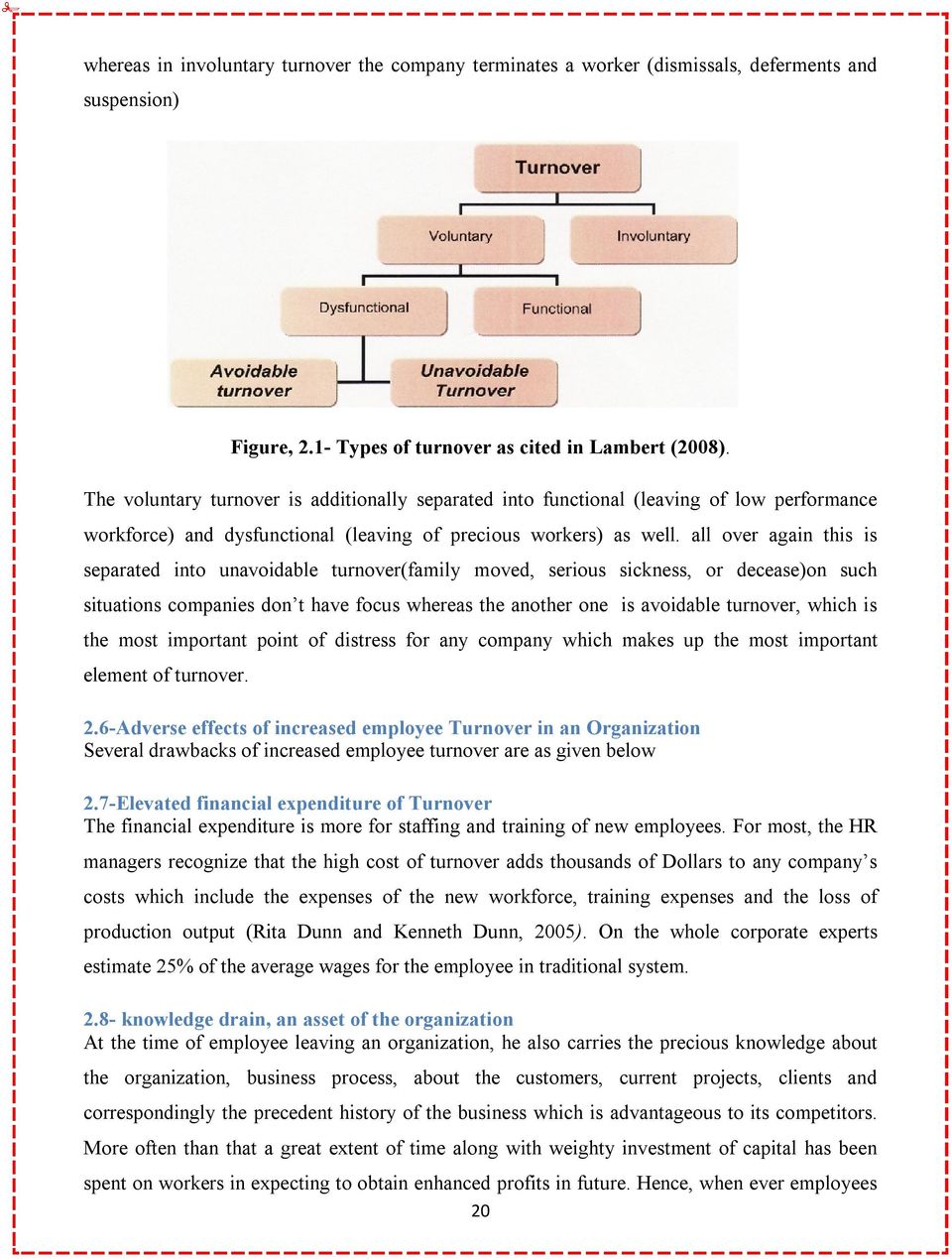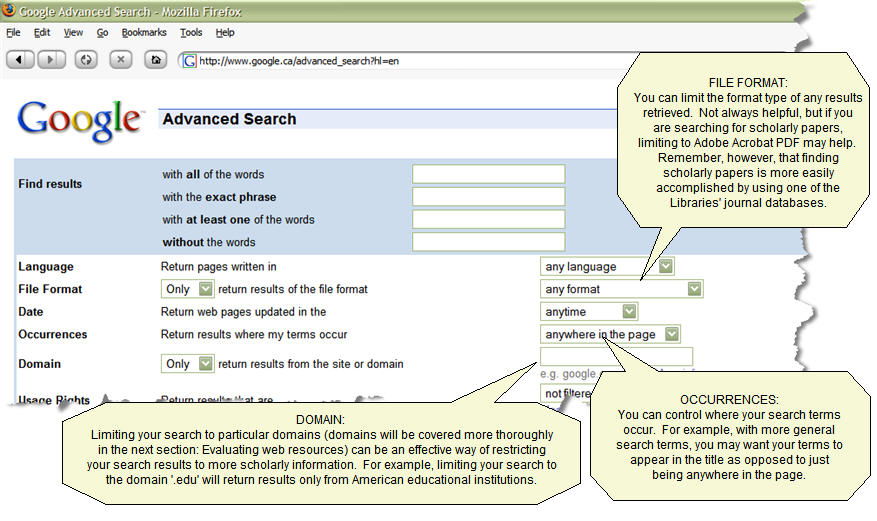Atropine Ophthalmic - Side Effects, Dosage, Interactions.
Atropine Eye Drops. Atropine is also available in an eye drop form to treat certain ophthalmic conditions. It can be used before eye exams to widen the pupil of the eye, or to help disorders such.Atropine is available as 1% eye drops. It is usually prescribed to be taken as one or two drops (0.5mg to 1mg), four times a day, under the tongue. Ignore the printing on the box and container referring to use as eye drops. NB Always follow the dose indicated on the label or advised by a healthcare professional. Q. What are the most common side effects? Very dry mouth and throat. Blurred.Atropine is a medication used to treat certain types of nerve agent and pesticide poisonings as well as some types of slow heart rate and to decrease saliva production during surgery. It is typically given intravenously or by injection into a muscle. Eye drops are also available which are used to treat uveitis and early amblyopia. The intravenous solution usually begins working within a minute.
Atropine eye drops are used in eye examinations and to treat certain eye infections. Read on for the effects, uses, side effects, and contraindications of these drops. Atropine is an alkaloid that is extracted from the Atropa belladonna plant, and other plants that belong to the Solanaceae family. It is a secondary metabolite of these plants.Atropine works by widening (dilating) the pupil of the eye. HOW TO USE: To apply eye drops, wash your hands first. To avoid contamination, do not touch the dropper tip or let it touch your eye or any other surface.If you are wearing contact lenses, remove them before using eye drops.

Atropine Sulfate Ophthalmic Solution is used in the eye to dilate the pupil. This effect is used in reducing pain due to a corneal ulcer, an eye injury, corneal disease, uveal disease or after cataract surgery. Atropine ophthalmic medication is also useful in treating glaucoma. Dosage and Administration: The successful outcome of your animal's treatment with this medication depends upon your.












